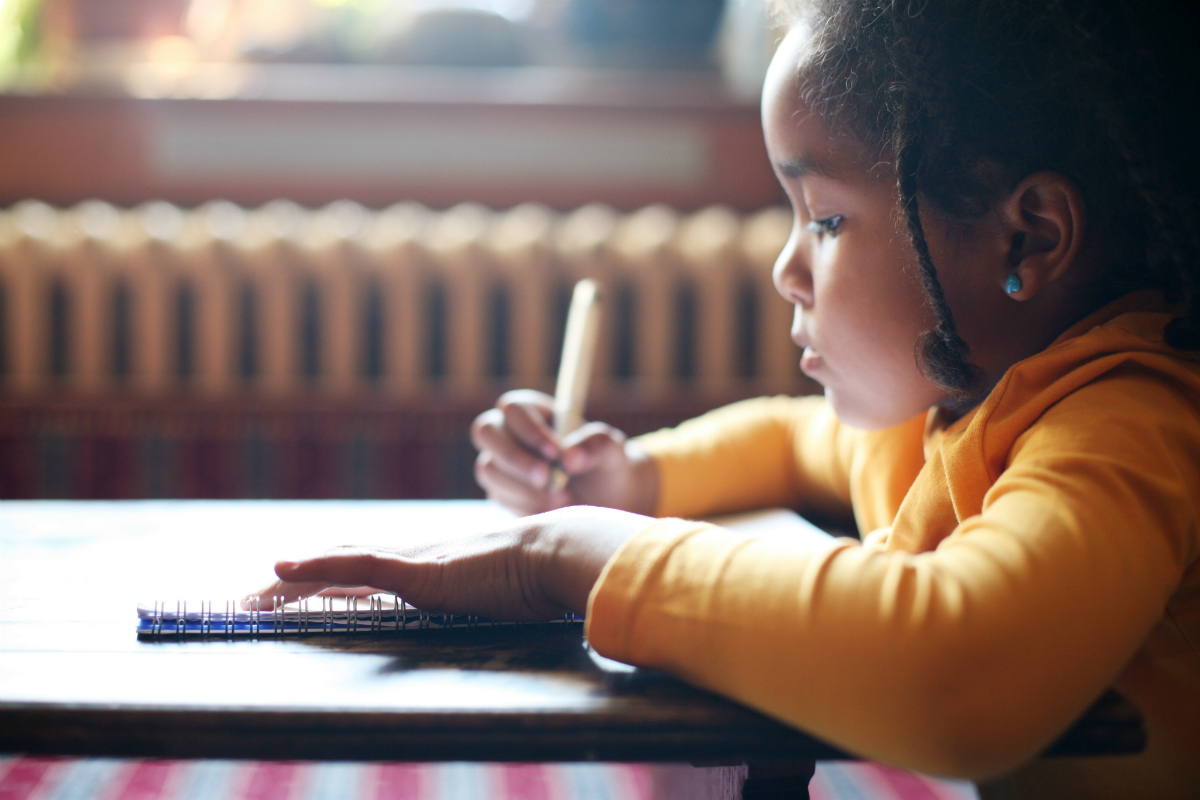Public, sometimes vitriolic, debate surrounding student access to books that positively portray lesbian, gay, bisexual, transgender or queer/questioning (LGBTQ) characters can have negative impacts on children’s mental health and well-being, even if they don’t attend schools in districts where these conversations are taking place.
“Even before a book is banned or a play is canceled, the fact that there are these very public dialogues about the ‘dangers of youth learning about LGBTQ characters or learning about sexual orientation and gender identity’ can be extraordinarily stigmatizing for LGBTQ youth. It can convey to a child, the adults that are around me, maybe some of my peers, they don’t support me for who I am,” explained Joshua Goodman, an assistant professor of psychology at Southern Oregon University with expertise in parent support for LGBTQ youth, mental health in LGBTQ populations and internalized sexual orientation and gender identity stigma.
“That can really have an impact on a person’s mental health. It has the potential to contribute to internalized stigma about one’s sexual orientation or gender identity — so, coming to believe some of the negative messages about LGBTQ people that a person has been exposed to,” he continued. “And we have a lot of psychological research to show that internalized stigma about one’s sexual orientation or gender identity is associated with a whole host of negative mental health outcomes, higher rates of depression, suicidality and anxiety.”
Research has long linked mental health problems to a reduction in students’ energy levels, concentration and other factors that can hinder academic performance. Studies suggest that depression is associated with lower grade point averages and higher dropout rates among youth.
On the flip side, Goodman said while citing GLSEN School Climate Survey data that there are strong correlations between school policy and student outcomes. “Having an LGBTQ-inclusive curriculum, for example, is associated with lower rates of suicide attempts for queer youth and higher GPAs for LGBTQ students compared to schools that don’t have an LGBTQ-inclusive curriculum,” he said. “For heterosexual and cisgender youth, being able to see that LGBTQ people are included in their communities through books, through plays and things like that can contribute to an environment of more acceptance of their peers and may help them to develop more positive attitudes. So, taking that away may make things like bullying or harassment more likely because there’s not that message from the adults in the room — that this is something that we can talk about or that we should be accepting our LGBTQ peers.”
Book bans are growing nationwide
The American Library Association documented in its annual book censorship report 1,269 challenges to more than 2,500 books in 2022 — the highest number of attempted book bans since tracking began in 2001. It was a 75 percent jump from 2021, which held the previous record. Of the 13 books that made the list of “Most Challenged Books” last year, seven titles — including three of the top four — were challenged for having LGBTQ content, the association found.
That trend was reflected in California, where eight of the top 10 challenged titles reflected LGBTQ topics or characters.
Prior to 2020, the “vast majority” of challenges against books were made by individuals who sought to restrict access to a single book their child was reading, according to the ALA. However, 90 percent of last year’s challenges were directed at multiple books and nearly a fifth of them were made by “political/religious groups.”
Similarly, Howard Sherman, managing director of the performing arts center at New York’s Baruch College, told The Washington Post in May that censorship trends in K-12 theater productions also appear to be “more intense and organized than in past years,” and “more tightly focused on plays and musicals with LGBTQ content.”
Though far from being the only contributing factor, at the same time as these highly public and bitter debates have increasingly taken place, so too have the rates of suicidal thoughts among LGBTQ youth, according to the Trevor Project’s 2022 National Survey on LGBTQ Youth Mental Health.
School libraries can provide a critical outlet for youth looking to explore different parts of themselves under challenging circumstances.
“I remember hearing a librarian say, ‘Not every book is right for every child, but every book is right for some child,’” Goodman said. “Given the potential benefits of children being able to see LGBTQ characters reflected in the books in their school library, the potential to have a really positive impact on a queer child’s self-image to help them develop higher self-esteem, to feel okay about who they are? There’s the potential for that to have positive mental health outcomes, to have lower rates of depression or suicide attempts and better academic outcomes. The potential for school libraries and curriculum to be at a place where a child can know that they can gain access to accurate and factual based information or realistic portrayals of fellow LGBTQ characters, I think has the potential to be a beacon of life.”





